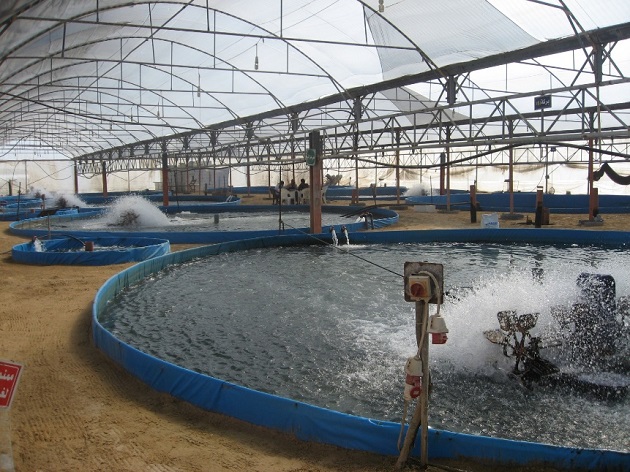India’s aquaculture industry is witnessing unprecedented growth, solidifying its position as the world’s second-largest producer of farmed fish. This surge not only bolsters food security but also contributes significantly to job creation and economic progress. Shrimp farming, in particular, plays a pivotal role in agricultural exports. As global fish demand continues to rise, the need for advanced and intensive farming methods becomes increasingly apparent.
The Shift Towards Intensive Fish Farming
Modern fish farming practices are leaning towards higher stocking densities, necessitating the use of external inputs like feed and chemicals. While these methods boost productivity, they also elevate the risk of diseases, leading to a growing dependency on antibiotics within aquaculture. This dependency underscores the need for more sustainable and resilient farming solutions.
Emerging Technologies in Aquaculture
India is turning to innovative solutions to address these challenges. Among the most promising advancements are Biofloc Technology (BFT) and Recirculating Aquaculture Systems (RAS). These cutting-edge methods aim to enhance production efficiency, ensure sustainability, and improve disease management in aquaculture.
What is Biofloc Technology (BFT)?
Biofloc Technology revolves around the use of beneficial bacteria to maintain water quality. These microorganisms break down waste products and convert them into nutrients that fish can utilize, thereby minimizing water pollution and reducing the reliance on antibiotics.
Key components of BFT include:
- Aeration Systems: Maintain optimal oxygen levels.
- Filtration Mechanisms: Help in waste management.
This method is particularly advantageous for small-scale farmers as it can be implemented in limited spaces. However, the initial investment for setting up BFT systems can be a barrier for some farmers.
Understanding Recirculating Aquaculture Systems (RAS)
RAS involves the continuous circulation and treatment of water within a closed-loop system. This approach drastically reduces water usage and provides precise control over water quality parameters, such as temperature, pH, and dissolved oxygen levels. The controlled environment of RAS makes it ideal for intensive fish farming and ensures minimal environmental impact.
Government Support and Research Contributions
Recognizing the potential of advanced aquaculture technologies, the Indian government has introduced several initiatives to support their adoption:
- Subsidies and Grants: Offered by the Department of Fisheries to encourage the use of BFT and RAS.
- Research and Development: Institutions like ICAR-CIFA and ICAR-CIBA are at the forefront of studying these technologies. They provide valuable insights and assistance to farmers, fostering widespread adoption.
Pioneering Sustainable Practices
Across India, several states are reaping the benefits of adopting innovative aquaculture methods. For instance:
- Andhra Pradesh and Odisha: Leading the way in large-scale implementations.
- Uttar Pradesh and Haryana: Showcasing remarkable results through collaborative efforts between farmers, fisheries departments, and scientists.
Studies conducted by organizations like the Centre for Science and Environment highlight these success stories, proving that sustainable aquaculture practices can significantly enhance productivity and profitability.












